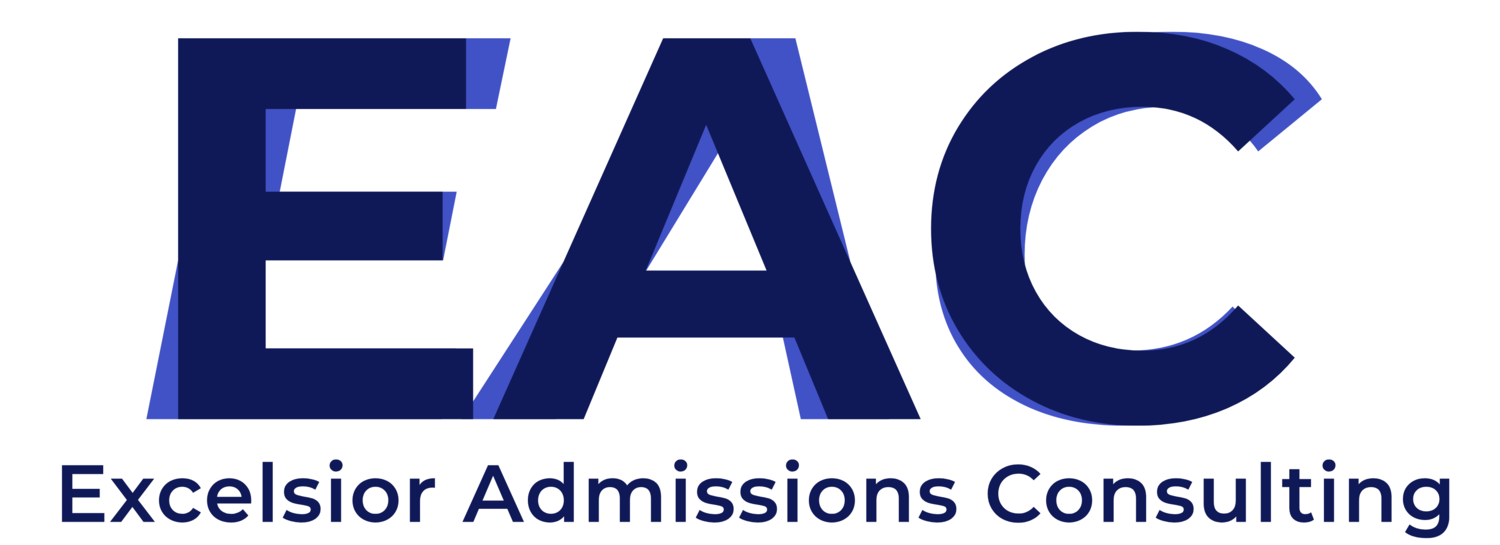College Admissions Trends in 2025
It is becoming even more important for students to show a commitment to their academic interests as part of their extracurricular activities. Now is the time for students to consider both their extracurricular activities and their summer plans to use their time to pursue their interests.
Some majors, including business, engineering, and computer science are becoming even more competitive during the admissions process.
Standardized testing is becoming more important for students applying to selective colleges. Several colleges, including Brown, MIT, Stanford, Cornell (for students applying next year), and UT Austin are requiring standardized test scores from applicants. Even some colleges that are test optional are admitting more students who submit tests scores.
Several colleges are giving students the opportunity to submit a video to introduce themselves. Applicants should be sure to submit these or request interviews to give the college a chance to learn more information about them.
Here is a summary of some Early Decision admissions statistics for the Class of 2029.
Ivy League Universities
Admitted 906 students Early Decision out of 5,048 applicants for an 18% admission rate.
19% of admitted ED students are the first in their families to attend college, and 65% applied for financial aid.
Brown continued their outreach to rural, low-income, and first-generation students as part of the admissions process.
The total number of ED applicants was smaller than last year following Brown’s reinstatement of its requirement to submit standardized test scores. Read the release here.
Dartmouth
Did not release its Early Decision acceptance rate but did provide the following information. Read the article here.
Despite reinstating the requirement for standardized tests scores, Dartmouth received 3,550 ED applications marking its 6th record year since 2017.
95% of accepted students had standardized tests scores at or above 75% of test-takers at their high school.
98% of the admitted students were ranked in the top 10% of their high school class, with 22% ranking as either valedictorian or salutatorian.
45% of the U.S. students accepted live in the South or West, continuing Dartmouth’s trend of geographic diversity. California, Texas, and Florida represented 3 of the top 5 states for admitted students.
Admitted 728 students under its Single Choice Early Action plan out of 6,729 applicants for an acceptance rate of 10.8%. Yale received approximately 1,000 fewer applicants in the early round than last year.
Yale deferred 17% of early applicants to the regular decision round and denied 71%, showing Yale’s continuing trend of rejecting a higher percentage of early applicants. Read the press release here.
Columbia, Cornell, Harvard, Penn, and Princeton do not release ED admission statistics.
Yale
Admitted 709 students under its Single Choice Early Action plan out of 7,856 applicants for an acceptance rate of 9% (its lowest since instituting SCEA).
Yale deferred 20% of early applicants to the regular decision round and denied 70% showing Yale’s continuing trend of rejecting a higher percentage of early applicants. Read press release here.
Columbia, Cornell, Penn, and Princeton do not release ED admission statistics.
Other Notable Early Decision Results
Duke admitted 849 students ED out of 6,627, for a 12.8% acceptance rate. Duke’s ED applicant pool was the highest in its history for the class of 2029. Read the news release here.
Admitted 995 students out of 3,311 applicants for a 30% admit rate. 805 were admitted to Emory College (as opposed to Oxford).
Emory ED applicants increased by 21% from last year. Read the article here.
Admitted 721 students out of 12,053 for a 6% admit rate.
MIT deferred 7,486 applicants and denied 3,039. Read the article here.
UVA received 4,971 total ED applications (2,795 in-state and 2,176 from out-of-state applicants) and admitted 1,282 students (825 in-state and 457 out-of-state). The acceptance rate for out-of-state was 21% (29.5% for instate). Read the blog here.
Northwestern
Admitted 20% of its approximately 6,000 ED applicants. The pool represents a 15.5% increase from last year.
The admitted students comprise about 55% of the incoming class of 2029. Read article here.
If you would like help in your college admissions process, please visit Excelsior Admissions Consulting Excelsior Admissions Consulting to find out more information, or click here to schedule a free 30-minute consultation.
